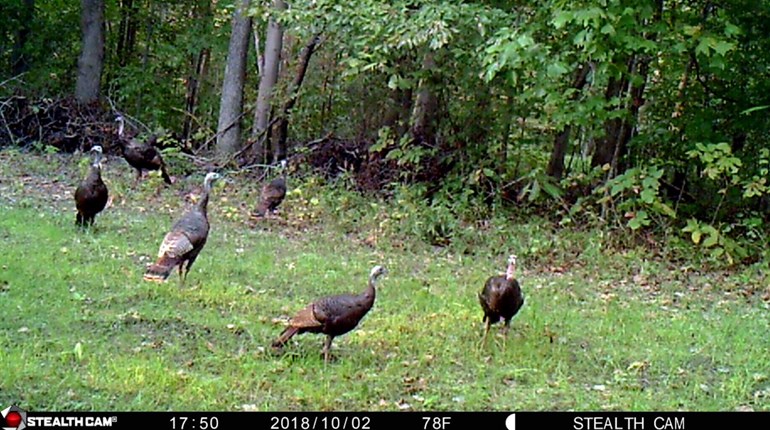
Here's a story to confirm what we all suspected: Trail cameras are expanding our understanding of just how diverse the American biome really is. In November 2016, one of the recently deployed Arizona Bureau of Land Management trail cameras captured a rare and exciting image of a jaguar. (The camera data was only recently retrieved.)
One interesting facet of this story is that the camera that snapped this photo has only been in that location since August 2016. As game cameras become less expensive and more individuals and wildlife biologists deploy them, more people are catching glimpses of shy, secretive nocturnal animals. Just a few months ago, a camera caught an image of a Canada lynx in Vermont—an occurrence that is considered a once-in-a-lifetime event.
"Since 2012, an increase in trail camera monitoring of mountainous habitat in southern Arizona has provided increased documentation and a better understanding of jaguar presence and habitat preferences," said Steve Spangle, U.S. Fish and Wildlife Service's Arizona Field Supervisor. "This supports the phenomenon that jaguars seeking territories outside of competitive breeding areas in Mexico continue to occasion Arizona."
Jaguars, which are much more commonly found in Mexico, Central America and South America, have been protected in the U.S. as endangered under the Endangered Species Act since 1997. This is only the third jaguar documented in southern Arizona since September 2012.
Trail cameras aren't just a terrific tool for wildlife biologists; they're also a great way for citizens to keep an eye on the game animals on their property. (They can even be used for home security!) Have you captured anything interesting on your trail camera? Tell us in the comments!
Image courtesy U.S. Fish and Wildlife Service. To see more photos of jaguars and ocelots in southern Arizona (including the referenced BLM photo), click here: http://bit.ly/TapYhK.
One interesting facet of this story is that the camera that snapped this photo has only been in that location since August 2016. As game cameras become less expensive and more individuals and wildlife biologists deploy them, more people are catching glimpses of shy, secretive nocturnal animals. Just a few months ago, a camera caught an image of a Canada lynx in Vermont—an occurrence that is considered a once-in-a-lifetime event.
"Since 2012, an increase in trail camera monitoring of mountainous habitat in southern Arizona has provided increased documentation and a better understanding of jaguar presence and habitat preferences," said Steve Spangle, U.S. Fish and Wildlife Service's Arizona Field Supervisor. "This supports the phenomenon that jaguars seeking territories outside of competitive breeding areas in Mexico continue to occasion Arizona."
Jaguars, which are much more commonly found in Mexico, Central America and South America, have been protected in the U.S. as endangered under the Endangered Species Act since 1997. This is only the third jaguar documented in southern Arizona since September 2012.
Trail cameras aren't just a terrific tool for wildlife biologists; they're also a great way for citizens to keep an eye on the game animals on their property. (They can even be used for home security!) Have you captured anything interesting on your trail camera? Tell us in the comments!
Image courtesy U.S. Fish and Wildlife Service. To see more photos of jaguars and ocelots in southern Arizona (including the referenced BLM photo), click here: http://bit.ly/TapYhK.






































